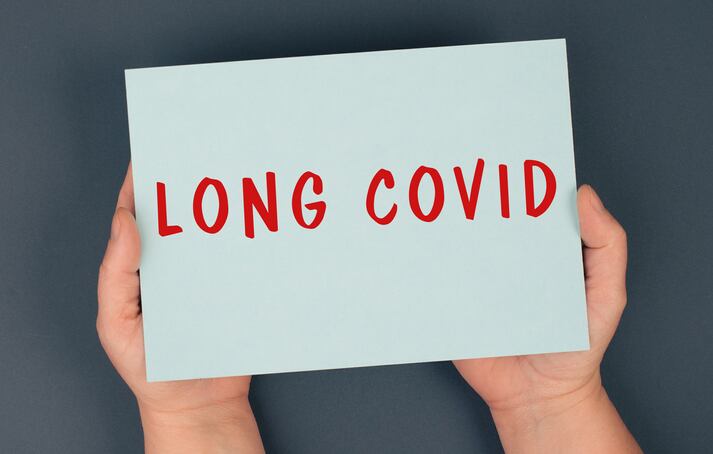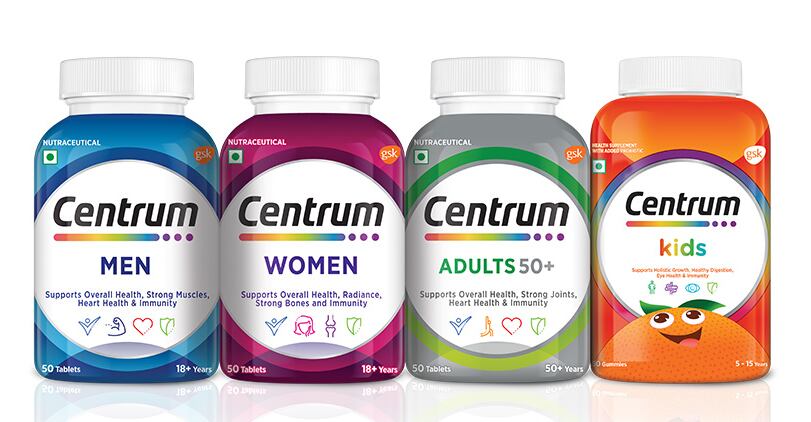Long COVID (LC), or post-COVID conditions, encompasses a diverse range of persistent health issues emerging four weeks or more after an initial COVID-19 infection.
The pathogenesis of LC is not fully understood, but includes hypotheses of persistent SARS-CoV-2 infection, viral reactivations, autoimmunity, tissue damage, inflammation, and thrombosis.
LC manifests as a debilitating multiorgan illness with symptoms like fatigue, malaise, fever, pain, and impairments in various systems. Its impact on social function and quality of life is significant, necessitating effective treatment strategies.
Currently, optimal treatment for LC remains elusive, with early treatment options like steroids, acetaminophen, cough suppressants, and antibiotics showing limited efficacy. The expanding LC patient population calls for multidisciplinary treatments, prompting interest in Complementary and Alternative Medicine (CAM). However, evidence for CAM efficacy in LC is limited, and the authors of the study call for a systematic review to address this gap.
This study adhered to the Preferred Reporting Items for Systematic Review and Meta-Analyses (PRISMA) guidelines. Databases, including Scopus and OVID, were systematically searched from September 2019 to January 2023.
The diagnosis criteria for LC followed the Centers for Disease Control and Prevention (CDC) definition, requiring COVID-19 symptoms persisting beyond four weeks from initial infection. CAM practices were defined in accordance with the National Center for Complementary and Alternative Health.
The inclusion criteria encompassed randomized clinical trials (RCTs) evaluating CAM interventions for LC. With these criteria, the researchers identified 2636 publications, with 32 full texts evaluated for eligibility after screening and exclusion processes. Ultimately, 14 RCTs were included in the qualitative synthesis.
The researchers summarized that LC patients primarily sought CAM treatments for olfactory dysfunction, fatigue, breathlessness, and mild-to-moderate lung fibrosis.
The RCTs encompassing CAM approaches to mitigate LC can be categorized into the following segments: self-administered transcutaneous auricular vagus nerve stimulation, olfactory training, dietary supplement usage, neuro-meditation, aromatherapy, inspiratory muscle training (IMT), supervised concurrent training, and participation in an online breathing and well-being program (ENO Breathe).
- Self-administered transcutaneous auricular vagus nerve stimulation: Aimed at improving neuropsychiatric disorders, a pilot RCT showed that self-administered transcutaneous auricular vagus nerve stimulation mildly improved LC symptoms and mental fatigue. This remote and supervised brain stimulation proves to be a safe and feasible approach for managing LC symptoms at home.
- Olfactory training, olfactory training plus dietary supplement: Focused on improving olfactory dysfunction in LC, trials revealed that olfactory training significantly enhanced subjective olfactory function. Moreover, intensive olfactory training and dietary supplements, especially palmitoylethanolamide and luteolin combined, demonstrated superior improvement in longstanding olfactory dysfunction.
- Neuro-meditation program: Geared towards improving cognitive impairment, a study found that ten 30-minute neuro-meditation sessions significantly enhanced subjective and cognitive performances in LC, suggesting its promise as a non-pharmacological treatment for cognitive issues in LC.
- High-dose coenzyme Q10 therapy: Aiming to reduce the number and severity of LC, a double-blinded crossover RCT with high-dose CoQ10 did not significantly improve symptoms. However, limitations in this study, relying solely on self-reported data, suggest caution in drawing conclusions about its efficacy.
- Aromatherapy, dietary supplement: Targeting fatigue after COVID-19, aromatherapy improved energy levels in women recovering from COVID-19. Another study with L-arginine and vitamin C supplements demonstrated potential in restoring physical performance and alleviating persistent fatigue in the LC population.
- Inspiratory muscle training: Seeking to improve breathlessness and mild-to-moderate lung fibrosis, studies on home-based IMT revealed significant improvements in breathlessness recovery and physical performance among symptomatic post-COVID-19 discharged patients. Combining manual diaphragm release with IMT also showed promise in enhancing the effect of IMT in rehabilitation.
- Concurrent exercise: Targeting cardiopulmonary fitness, strength, and symptom severity, concurrent training, either with or without IMT, proved more effective than IMT alone or self-management. This aligns with WHO recovery recommendation guidelines for post-COVID-19 related illness rehabilitation.
- Online breathing and well-being program (ENO Breathe): ENO Breathe program effectively improved breathlessness and mental health measures in patients with persistent LC symptoms. While one participant withdrew due to dizziness, adverse effects in these CAM interventions were generally minor, emphasizing their safety.
Encouragingly, the CAM interventions listed above showed promise in treating LC symptoms with no serious adverse outcomes. However, the study also underscored the importance of interpreting these findings cautiously due to methodological limitations in the included trials.
Limited inclusion of therapeutic modalities beyond RCTs, potential oversight of relevant interventions, and methodological heterogeneity in the trials contribute to the study's cautionary stance.
Notably, the majority of studies examined exhibit low quality due to inadequate methodological designs, hindering the establishment of conclusive evidence for CAM efficacy in LC management. The study calls for more rigorous, well-designed investigations to address these limitations and advance understanding in this context.
Source: Therapeutic Advances in Chronic Diseases
Complementary and alternative medicine for long COVID: a systematic review of randomized controlled trials
DOI: 10.1177/20406223231204727
Authors: Yang J, Lim KH, Lim KT, Woods JT, Mohabbat AB, Wahner-Roedler DL, Ganesh R, Bauer BA.




